Somatic yoga is a deeply philosophical and subtle practice of physical and mental wellbeing that stands on its own beyond mainstream forms of yoga, which cultivate an inner sense of awareness, where every movement and breath is a vehicle into the mystery of the body. The purpose of this article is to provide an overview of somatic yoga, including its basic principles, benefits, techniques, and characteristics that may set it apart from other forms of yoga. By understanding what it is, somatic yoga can be one avenue into a deeper sense of embodiment and balance beyond the physical body.
Table of Contents:
– What is somatic yoga?
– Core principles of somatic yoga
– Benefits of practicing somatic yoga
– Key techniques and practices
– How somatic yoga differs from other forms
What is somatic yoga?
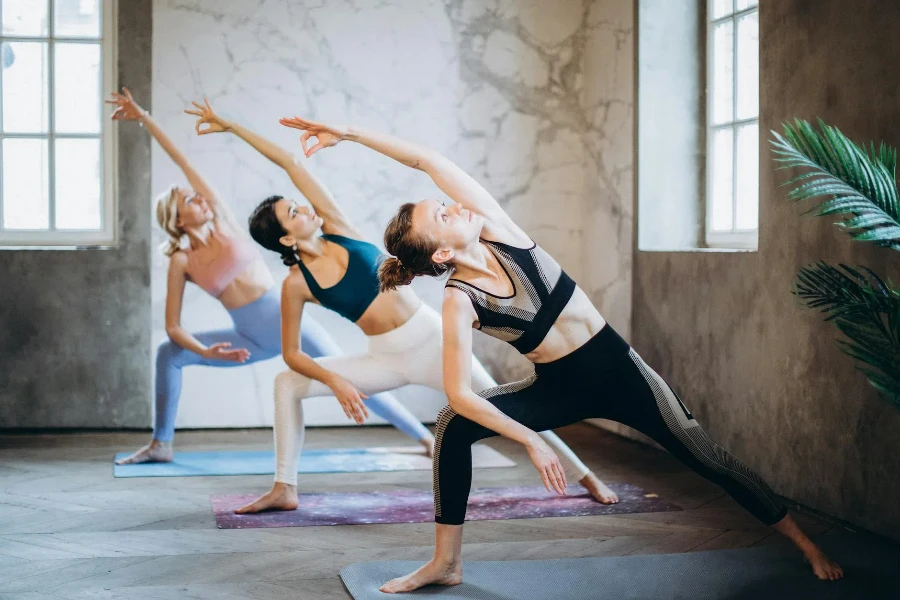
Internal physical perception and experience are central to the somatic practice of yoga. Somatic approaches differ from traditional yoga, where practitioners are often encouraged to perform specific yoga poses that are meant to enhance ability and flexibility and have medical or cosmetic qualities. In contrast, the focus in somatic yoga is quite different; here, we tend to move in ways that feel good, in a non- judgemental way, to see where the body wants to be and what movement makes us feel good. This kind of yoga is grounded in somatics, the study of the internal sensations of the body and the mind-body relationship.
Core principles of somatic yoga
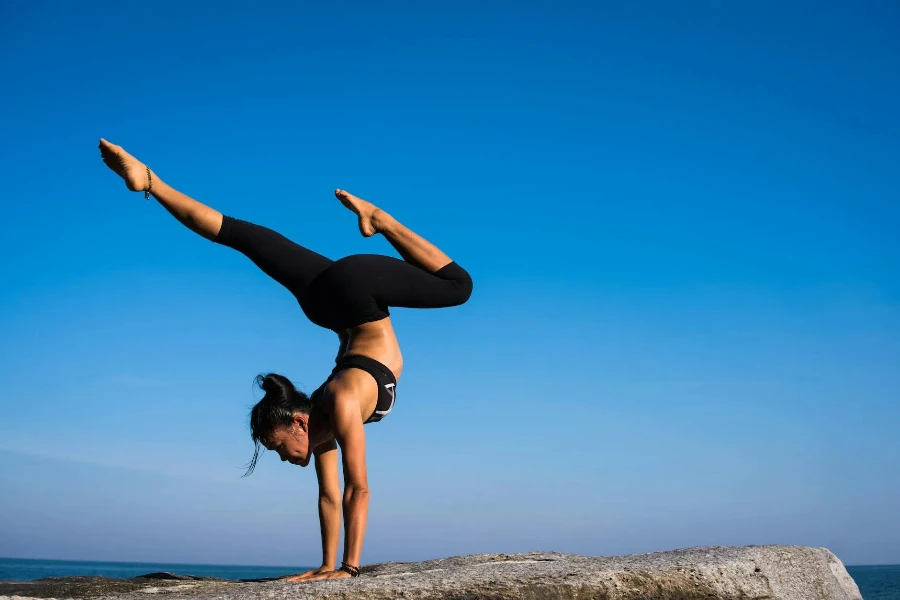
At the core of somatic yoga are four principles that guide practice. The first is a principles of mindfulness, wherein you stay present and aware of what is happening in your body. The second is an emphasis on the internal experience over the external expression (eg, how a pose feels is more important than how the pose looks). And the fourth is the notion of movement as medicine, where gentle and exploratory movement is used to release stored stress and tension, and to support physical and mental health.
Benefits of practicing somatic yoga
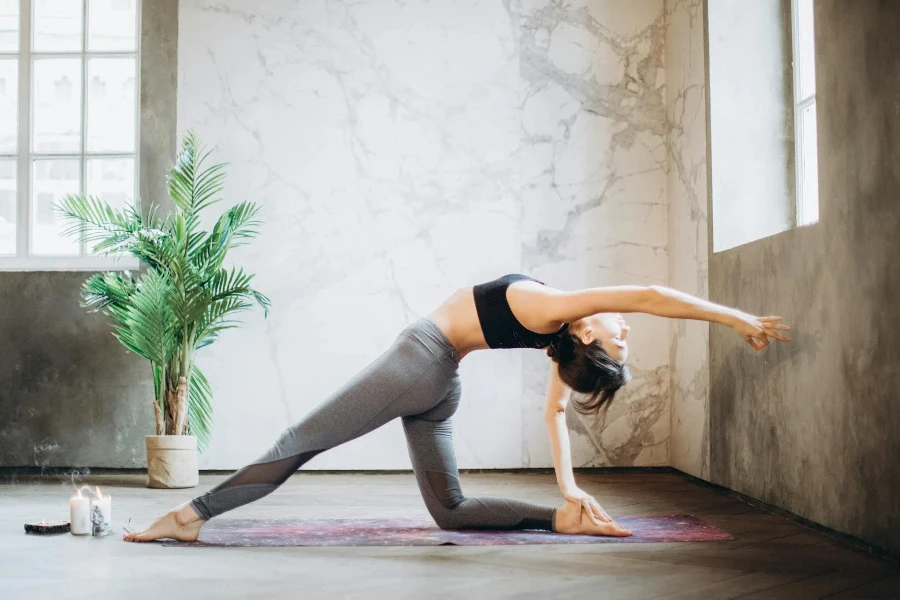
The benefits of somatic yoga range far beyond the physical. You may find improved flexibility and mobility, since the movement is very natural, without force. You can experience a major reduction in stress and anxiety, as your body and mind become fully released into relaxation. You may also learn greater body awareness so that you can become familiar with areas of body tension – and wrap up trouble before it becomes a full-blown disorder.
Key techniques and practices
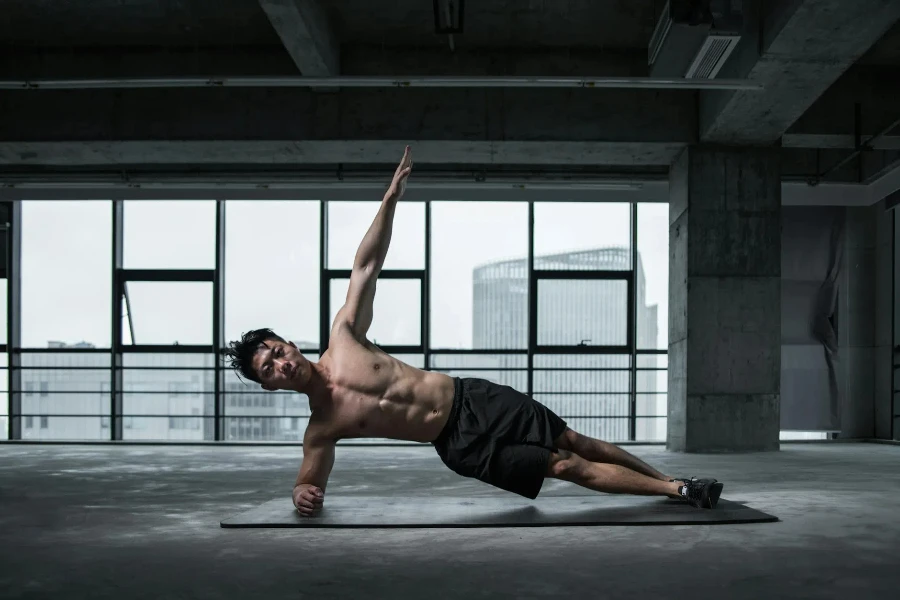
Somatic yoga draws from a wide range of tools and practices to cultivate greater bodily awareness and promote healing. Slow, sensory-rich movement is a central component of somatic yoga – as the fingers, elbows and toes are brought into our awareness and we pay attention to our breathing, we begin to better understand our body’s capacity and discover new ways of moving, all the while shaking off old patterns and false beliefs. Breath, too, can be an integral part of somatic yoga: specific breathing practices are used to maximise our relaxation and mental clarity. Visualisation and meditation can also be part of the somatic yoga experience, though not always.
How somatic yoga differs from other forms
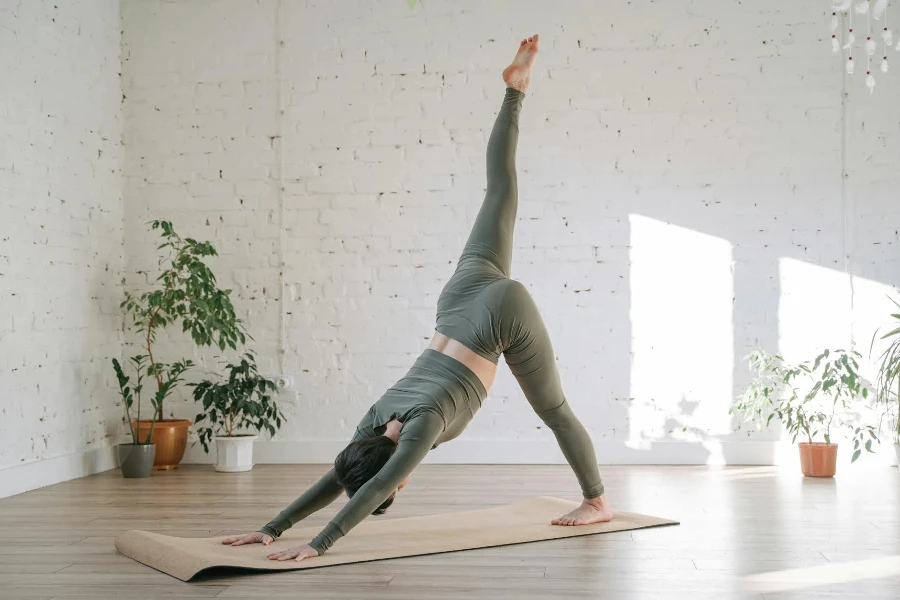
While there are many types of yoga, somatic yoga differs in its emphasis on internal experience and gentle mindful movement – as opposed to the push in more vigorous forms to get into the ‘perfect’ pose. This is why somatic yoga can be practised by people of all ages and abilities, including those who are healing from injury and recovering from chronic pain. Additionally, the mind-body approach of somatic yoga can lead to a more holistic sense of health with positive effects on emotional and mental as well as physical wellbeing.
Conclusion: Somatic yoga is an inner journey of bodily listening, and a wonderful way to find a connection between mind and body. By directing our awareness inside, and paying attention to the sensations in our bodies as we move, somatic yoga offers you an opportunity to feel better, in a gentle yet profound way, both physically and mentally. If you are a complete beginner, or have been practising for years, somatic yoga offers you a unique and beautiful opportunity to discover a deeper connection with your life and your fellow beings.



